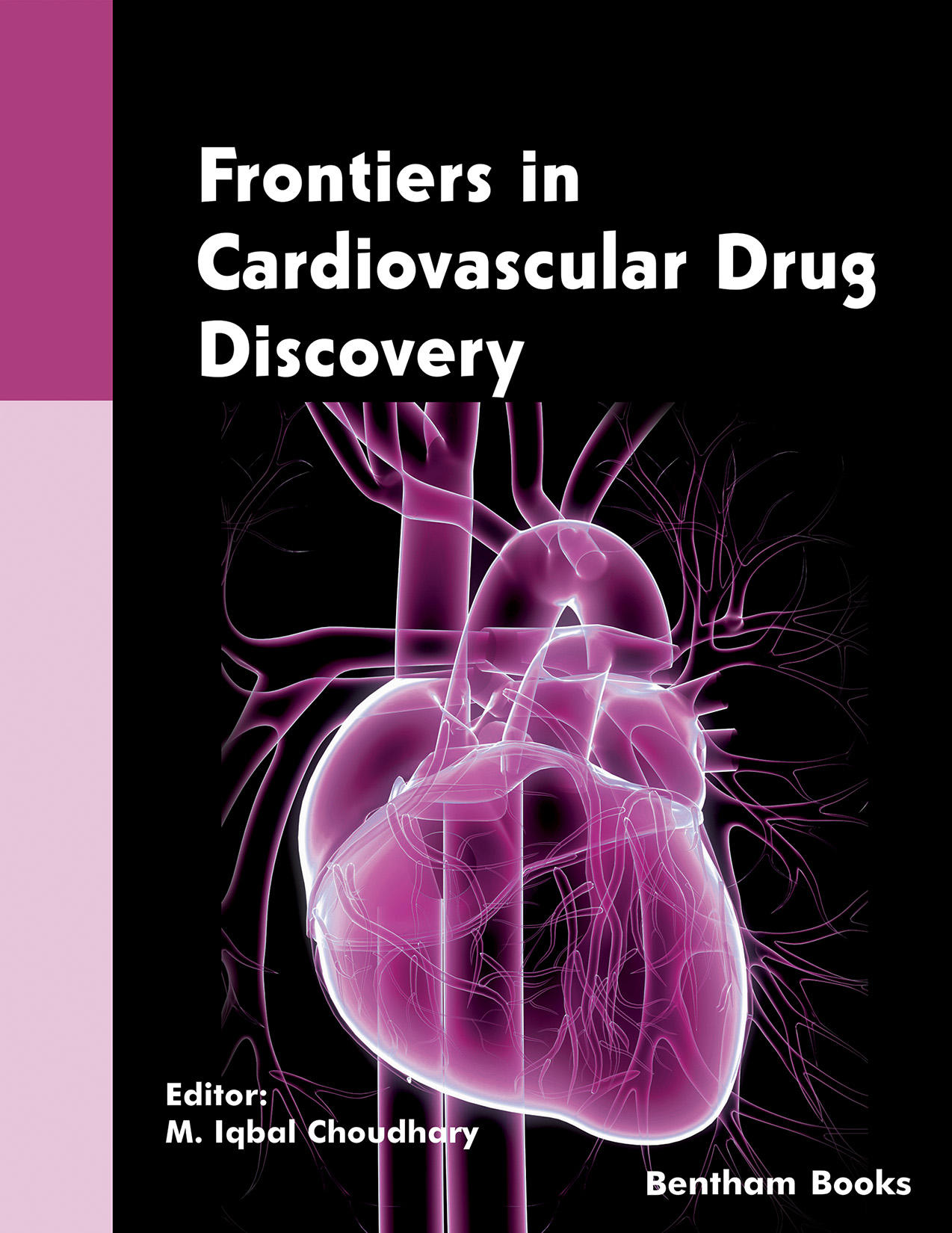Introduction
Frontiers in Cardiovascular Drug Discovery is a book series devoted to publishing the latest advances in cardiovascular drug design and discovery. Each volume brings reviews on the biochemistry, in-silico drug design, combinatorial chemistry, high-throughput screening, drug targets, recent important patents, and structure-activity relationships of molecules used in cardiovascular therapy. The book series should prove to be of great interest to all medicinal chemists and pharmaceutical scientists involved in preclinical and clinical research in cardiology.
Volume 6 covers the following topics:
-Cardiovascular effects of ranolazine and the scope for translational research: a current review of literature
-Rho/Rho kinase signaling pathway and disease:
-Hibernation or transformation? Challenges in cardiovascular drug development
-New approaches in P2Y12 receptor blocker drugs use
-Pathophysiological links between diabetes and cardiovascular diseases: at the biochemical and molecular levels
Audience
Medicinal chemists and pharmaceutical scientists involved in preclinical and clinical research in cardiology; Clinicians associated with cardiovascular medicine.

